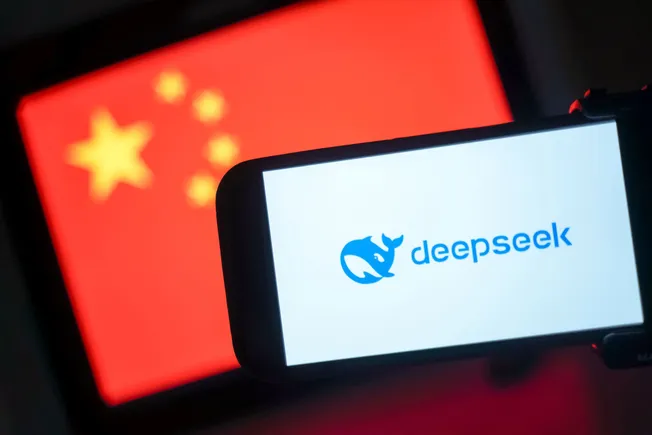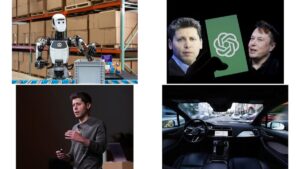DeepSeek AI to Accelerate Data Center Operations

The Impact of AI on Data Center Power Demand
Growing Interest in AI and Its Infrastructure
Recently, the China-based AI company DeepSeek has drawn attention for its cost-effective artificial intelligence (AI) models. This has led to a mix of skepticism and curiosity about whether the demand for power in data centers is exaggerated. DeepSeek has been developing large language models that mirror the capabilities of systems like OpenAI’s ChatGPT. With these advancements, the company claims its AI technology can lower overall computing costs and the power needed to support such technology. This raises questions about the future energy requirements of data centers.
John Medina, senior vice president at Moody’s Ratings, suggests that the efficiency of these models could promote growth rather than reduce power needs. “Lowering computing costs might create more companies and applications,” Medina states. “This could actually lead to higher consumption, not lower.”
Insights from Industry Experts
Similarly, Mitchell Osborne, director of MEP at Adolfson & Peterson Construction, emphasized the ongoing growth in AI and quantum computing sectors. He expressed that while more efficient AI models will indeed reduce power consumption, it’s unlikely that the construction of data centers and the necessary power infrastructure will slow down.
Demand for Data Centers and Power Construction
As demand for data centers grows, power infrastructure projects are also on the rise. Major tech companies, including Amazon, Microsoft, and Meta, are rapidly increasing their data center presence. In addition, a collaboration involving OpenAI, Softbank, and Oracle plans to invest $100 billion into artificial intelligence infrastructure, with an eventual potential of reaching $500 billion as per a White House briefing.
Ryan Wobbrock, vice president at Moody’s Ratings, notes that this trend has spurred a significant increase in power construction. Utilities and power producers are ramping up their investments to accommodate the energy needs of these burgeoning data centers. “We’re tracking these developments closely as companies frequently announce budget increases related to growing data center needs,” Wobbrock stated.
New Constructs and Renovations in Power Construction
The increasing number of power construction projects is also influencing local grid development. Osborne pointed out that many substations are now being specifically designed to cater to the needs of data centers. Upgrades to existing grids are often funded by these companies as well.
Michael Byrne, a vice president at Linesight, stated that several older power plants initially slated for retirement are being enhanced to meet the rising demand. Data center energy usage has significantly surged from approximately 60 terawatt-hours from 2014 to 2016 to an estimated 176 terawatt-hours in 2023. The U.S. Energy Department predicts that this figure could swell to between 325 and 580 terawatt-hours by 2028.
Challenges of Meeting Power Demand
While the demand for energy is rising, the current U.S. power grid is not equipped to handle such rapid growth. Theodore Paradise, chief policy and grid strategy officer at CTC Global, emphasized that the transmission system is key to adding extra supply. Interconnection costs have also risen dramatically, sometimes reaching hundreds of millions or even over a billion dollars.
Despite these daunting challenges, the pace of data center construction remains strong. Some developers are continuing to build without fully secured power contracts, depending on their construction phase. Larger tech companies are increasingly opting to develop their own power solutions adjacent to their data centers.
Factors Affecting Power Construction
The construction industry is facing a shortage of skilled labor, which is complicating matters. Due to a growing number of data center projects, the competition for experienced labor has intensified, impacting construction timelines and costs.
Sustainability targets also pose a challenge. Strict environmental regulations may hinder the pace of construction activity, potentially restricting progress in AI development, especially in comparison to other countries. Legal expert Byron Sarhangian raised concerns that projects requiring energy to adhere to green standards could lead to delays. He warned that the U.S. might miss out on advancing AI technologies due to stringent green energy criteria.
Looking to the Future
In response to these challenges, the federal government has issued an executive order to expedite power generation and transmission projects. Interest in nuclear energy is also gaining traction, particularly among companies like Microsoft, which are investigating the feasibility of integrating nuclear solutions for data centers.
Moving forward, state and federal regulators may start to impose new regulations that either support or limit data center and AI usage. These developments will likely have a direct impact on the speed and scope of future construction projects.






